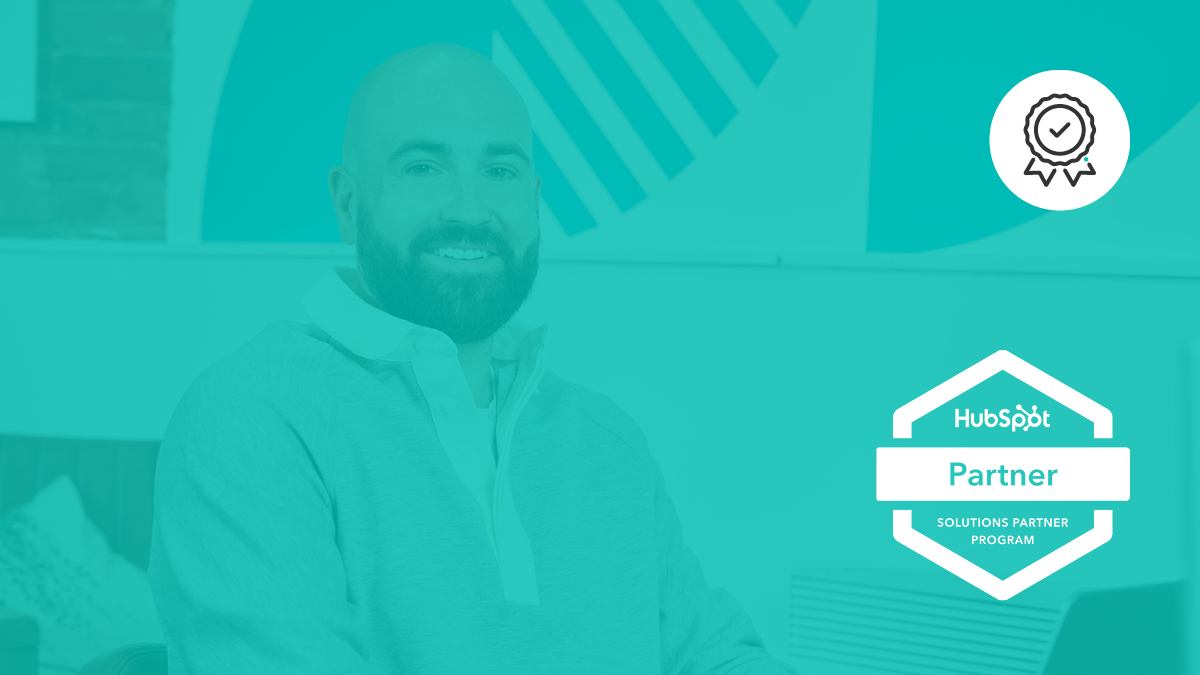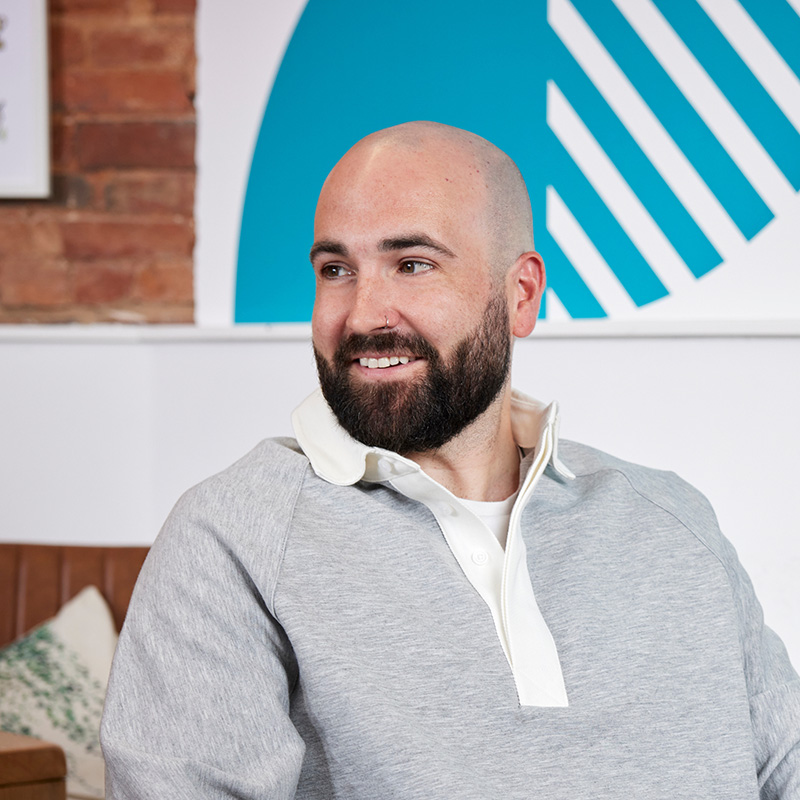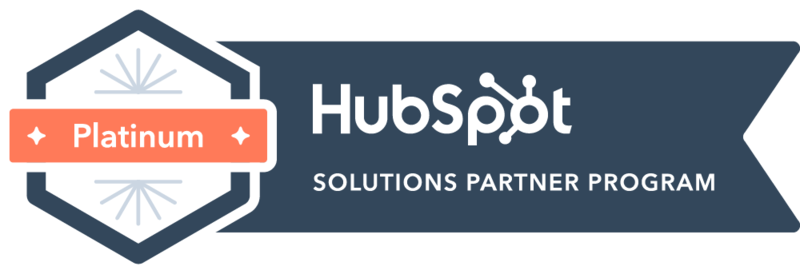Podcasts are already a well established medium. Back when commuting was still a thing most of us did to get to work in the morning, Podcasts were fast becoming the commuter’s favourite way to spend their journey. Ofcom figures showed that 11% of adults listened to a podcast every week and that this was set to rise dramatically by 2021.
Now, the threat of Coronavirus has tipped everything upside down. Lockdown has removed the commute but accelerated the adoption of this digital forum. In the hands of businesses and B2B marketing teams, the podcast provides a fast, easy way to share information and engage broad or niche business audiences - without the need for high value equipment or very much technical know-how - and without even leaving the house. All you do need is a carefully crafted message and a warm but authoritative voice, and the podcast becomes a powerful content marketing tool.
So, if it’s something you’re considering for your business, here are our 5 tips to help you lock down the true power of the podcast:
1. Think quality not quantity
High quality content is the glue that holds a podcast production together. Do your research, gather expert speakers and plan everything well in advance. Set high production standards and be sure to stick to them; a really valuable fortnightly podcast is better than a weekly one that has been hurriedly put together. At all times, remember one crucial thing: it’s not about you. Listeners will only ever tune into a 20 minute advert for your business once (and they’ll leave after two minutes). Think about what your listeners will want to take away from the session, include actionable advice, and keep it pacey and interesting - if possible make it into a discussion rather than a lecture.
2. Tell a story
Storytelling is a vital element of every successful podcast. It’s what keeps listeners engaged and makes them want to come back for more. Storytelling methods and ways to create traditional storytelling arcs are something which can be learned, but if you’ve got a natural storyteller in the business, get them involved! It all begins with a strong hook in your introduction and, if you want to serialise your content, will always include a little cliffhanger in your conclusion: ‘come back next time to find out…’. To get this right, it’s going to be important to script as much of your podcast as possible, and to rehearse with any guests to make sure they feel as ready and prepared as you do.
3. Be relevant
This seems like an obvious thing to recommend - but it’s a common pitfall to assume that what you are saying will be relevant to a particular audience, without really checking that it is. Some thorough desk-based research into current topics and trends, along with a check on what your key target audience are saying on social platforms, should be enough to get started. Once you’re up and running, reach out to your audience. Take polls, analyse comments, or simply ask your listeners: what did they like (or hate) and what do they want more of? By listening to feedback and responding to comments, your podcast becomes a more personalised and interactive experience - which is another good reason for your listeners to return.
4. Be discoverable
However brilliant your podcast, you’ll only get listeners if you can reach them where they listen. It’s important to publish on the major platforms, such as Google Podcasts, Apple Podcasts, Spotify, Stitcher, Tune in etc. It’s also wise to think of your podcast as a ‘product’, and treat it as such - promoting it for its full lifecycle. Tease it before release, promote it during its active life and then make it available on-demand as a part of a full and structured content offering. And while you’re focused on discoverability, spend some time thinking about how you will make a transcript available. As well as allowing users to reference your work, or access it if they are hard of hearing, a transcript helps to ensure your podcast can be found by search engines.
5. Use professional editing
In an ideal world, every podcast would be created using professional microphones, filters and suspension, and professional multi-source recording devices. If that’s not possible (because you can’t leave the house, for example), professional editing can still help you make the best possible impression. Podcast editing techniques include removing background noise, adding professional music and artwork, remixing, adding transitions and ensuring the flow of the podcast is adapted to tell a story. All of these things will help you build credibility and establish an audience base, so it’s always worth enlisting the experts if you can.
We’re big believers in the power of the podcast here at Pod (and it’s not just because of the great name). They’re already working well for some of our B2B clients. If you think they’re something that could work for you, but you want to integrate podcast content into a wider campaign or just need a little help getting started, why not get in touch. We’re here to help.






 Emma Crofts
Emma Crofts
 Alexander Costello
Alexander Costello
 Mike Nicholls
Mike Nicholls






.png)


